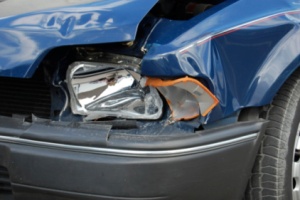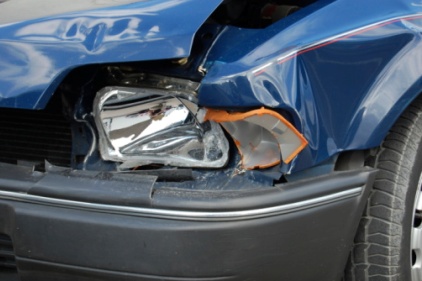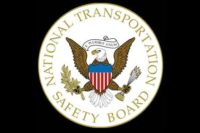 It’s not surprising that the National Transportation Safety Board (NTSB) has discovered that alcohol-impaired driving is the leading cause of wrong-way crashes.
It’s not surprising that the National Transportation Safety Board (NTSB) has discovered that alcohol-impaired driving is the leading cause of wrong-way crashes.
What may be surprising – at least to some – is the NTSB recommendation arising from that fact: that all first-time alcohol-impaired offenders have ignition interlocks installed on their personal vehicles.
An alcohol-ignition interlock is a device that prevents the engine from starting until a breath sample has been provided, analyzed for alcohol content and determined to be lower than prescribed limits. Currently, only 17 states require interlocks for first-time offenders.
“The first step to address the number one killer on our roadways is to do what is proven to be effective – use interlocks for all DWI offenders,” said NTSB Chairman Deborah A.P. Hersman.
The NTSB is also strongly endorsing the continued development of a passive alcohol-detection technology. The Driver Alcohol Detection System for Safety (DADSS) would prevent alcohol-impaired individuals from operating their vehicles by detecting alcohol in the driver’s system through breath- and touch-based sensors.
“Technology is the game changer in reducing alcohol-related crashes on our nation’s roadways,” Hersman said. “Achieving zero alcohol-impaired driving-related deaths is possible only if society is willing to separate the impaired driver from the driving task.”
The study found that of the approximately 260 fatal wrong-way collisions that occur each year in the United States, most happened at night and on the weekends, and were in the lane closest to the median. In addition to reducing the number of alcohol-impaired drivers on the road, recommended mitigation efforts to prevent wrong-way accidents include better lighting, enhanced signage and roadway markings, and GPS devices that could provide a warning to alert drivers of wrong-way movements.
And, because older drivers are over-represented in wrong-way collisions, the NTSB asked all states to implement a comprehensive older driver safety program modeled on the one developed by the National Highway Traffic Safety Administration.
The NTSB issued 16 safety recommendations as a result of the special investigation report on fatal wrong-way driving crashes on limited-access highways. The study included data from NHTSA, recent research on this safety issue and a review of nine wrong-way collisions investigated by the NTSB that occurred in California, Colorado, Kentucky, Nevada, Pennsylvania, Texas, Virginia and Wisconsin.
A complete list of the report’s conclusions and the NTSB’s safety recommendations is available at http://go.usa.gov/gUZe.
A fact sheet summarizing the key findings of the report is available at http://go.usa.gov/gUBx.



